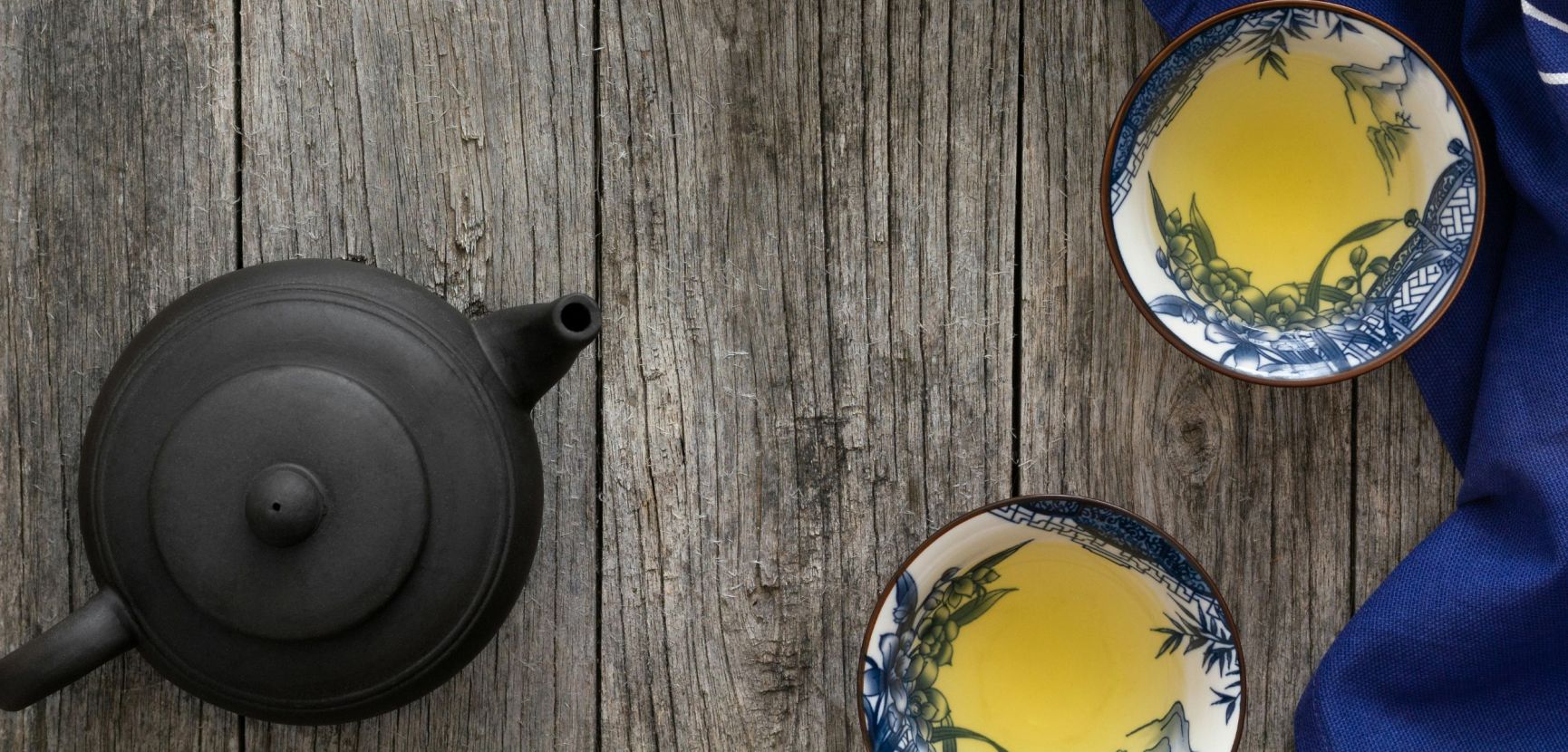Oolongs Explained

Oolong teas are relatively little known in the west, but are hugely popular in the east and contain some of the widest variety of flavour profiles of any tea category. But what are they? In this blog we will explore what an oolong is, what sort of flavours you can expect, and why we recommend them for anyone looking to make the leap from black to green teas.
What's in a name?
The name oolong translates as “black dragon”. Chinese teas often take name inspiration from the appearance of the dry leaf before infusing, and in the case of oolong teas the name is thought to originate from one of the first descriptions of the dry leaf, namely its dark, curly appearance, looking a little bit like a tiny black dragon.
What are oolong teas?
An oolong tea is a category of tea - just the same as black, green and white - and sits in terms of oxidation about halfway between black and green teas. All teas are produced from the same genus of plants, namely the Camellia sinensis genus, and from there the leaves go through a variety of different processes to produce one of the following categories of teas: black, green, oolong, white, puerh and yellow.
Oolong teas sit between black teas, which are fully oxidised, and green teas, which are not oxidised at all. The result of this partial oxidation – which can range from 10% to 70% - together with other intricate processes undertaken in the production of oolong, result in a hugely diverse and complex variety of teas. Oolong teas are always taken without milk, and brewing temperature depends on the degree of oxidation (lightly oxidised oolongs require a lower brewing temperature) – so always check your brewing instructions!
What sort of flavours should I expect?
The partial oxidation of oolong teas, together with unique production techniques, means that they have their own particular characteristics that are different to any other category of tea. Pouchong for example – a well-known Taiwanese oolong – is sometimes known as “green oolong”, due to its low oxidation levels. This short oxidation results in a distinctive dark green appearance and mellow, floral flavour profile. It also, however, contains a butteryness unique to oolong teas, introducing a character and complexity all of its own.
Tie Guan Yin, a celebrated oolong from China, undergoes a longer oxidisation, and presents a tightly balled dry leaf appearance ranging from deep sage green to a fresh lime colour. It yields a buttery and floral liquor. Da Hong Pao on the other hand, a famous oolong from the Wuyi mountains of China, undergoes an even longer oxidation and has a jet-black dry leaf appearance, which produces a liquor of deep bronze with tasting notes of honey, cocoa and smoky charcoal.
Oolong teas contain a vastly wide-ranging variety of flavours, so whatever your preferred choice of tea is you’re bound to find a flavour type that suits your palate. Here at Dorothy’s Teas we frequently recommend oolongs to customers who are interested in transitioning from black teas to green teas but are apprehensive about taking such a large leap in terms of flavour. Because oolong teas sit between black and green teas in terms of oxidation, they make a great bridge in terms of taste, alongside introducing a more Eastern style of brewing.


